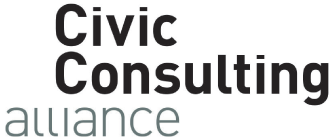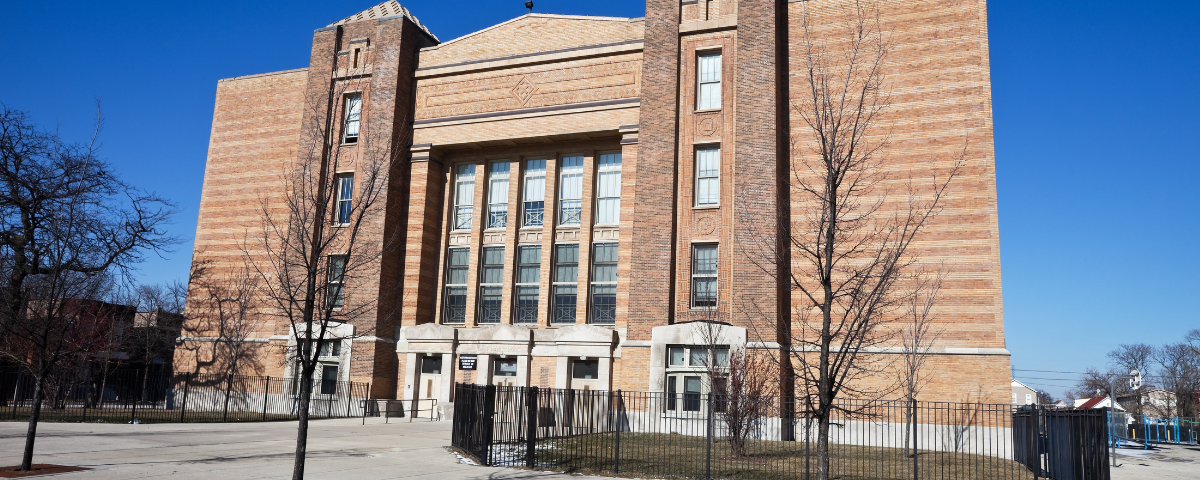
Developing a Community Engagement Process for Chicago Public Schools’ Whole School Safety Plan

Fellow Spotlight: Tiana Graham
December 18, 2020
Convening Community Stakeholders to Review COPA Policies
March 30, 2021Developing a Community Engagement Process for Chicago Public Schools’ Whole School Safety Plan

In “Our City, Our Safety,” Mayor Lori Lightfoot acknowledges that violence is an equity issue that has persisted because “underlying causes—systemic racism, disinvestment, poverty, failed policing, lack of social services—have gone unaddressed” and commits “to ending violence through a multi-faceted, comprehensive, collaborative, and sustained public health approach.”
To that end, one agency that is reimagining its approach to safety is Chicago Public Schools (CPS). In August 2020, the Board of Education called for the creation of an inclusive process by which community members and other stakeholders could identify alternatives to the school resource officer program. The district then set out to design a process for schools to create a comprehensive “Whole School Safety Plan”—a menu of trauma-informed approaches to safety for schools to consider to meet this call to action.
Given Civic Consulting Alliance’s experience building community engagement and collaborative planning processes, we stepped up to develop a two-phase planning approach, timeline, and school safety framework. We then worked with CPS to implement the approach, below.
Phase 1: Community-led Engagement – October 2020 – March 2021
Civic Consulting Alliance developed an application and selection process to choose community organizations representing a cross-section of stakeholders and neighborhoods to join a new “Whole School Safety Steering Committee.” In December, CPS selected five organizations: the ARK of St. Sabina, BUILD Chicago, Community Organizing and Family Issues (COFI), Mikva Challenge, and Voices of Youth in Chicago Education (VOYCE).
In January and February, in partnership with Embark Strategies, the Steering Committee —with coordination support from Civic Consulting Alliance and our pro bono partner Slalom—co-designed and hosted 18 community engagement sessions with nearly 700 people to gather ideas around how to achieve three pillars of school safety: physical safety, emotional safety, and relational trust. This month, Civic Consulting Alliance will work with CPS and the Steering Committee to synthesize these ideas into 5-10 recommendations for CPS schools to consider.
Phase 2: School-based Implementation – March 2021 and Beyond
In the months ahead, CPS schools will leverage the menu of options created by the Steering Committee to develop their own holistic approach to school safety (i.e., their school’s Whole School Safety Plan) based on their particular needs. A new phase 2 steering committee consisting of a multi-disciplinary group of school community stakeholders will guide the creation of the implementation plan that will give schools the tools to design their plans. Civic Consulting Alliance is partnering with the University of Chicago’s Trauma Responsive Educational Practices (TREP) Project to support this second phase.
As a result of this effort, by the start of the 2021-22 school year, CPS high schools will have access to a new robust, community-designed process that will offer them a holistic approach to designing their school safety plan.
“Civic Consulting Alliance provided technical guidance, including creating a detailed project plan that kept everything on track and everyone on the same page. This enabled the community-based organizations to focus on what mattered most: engaging community stakeholders on this important topic.” – Jadine Chou, Chief Safety and Security Officer, Chicago Public Schools
Going forward, CPS schools will be able to implement the particular Whole School Safety Plan recommendations that best help their individual school build positive community relationships, ensure a safe learning environment, and address students’ social and emotional needs. As leaders in Chicago and across the country work to reimagine public safety, we hope this process can serve as an example of how to gather and incorporate community input to ensure more equitable outcomes.
